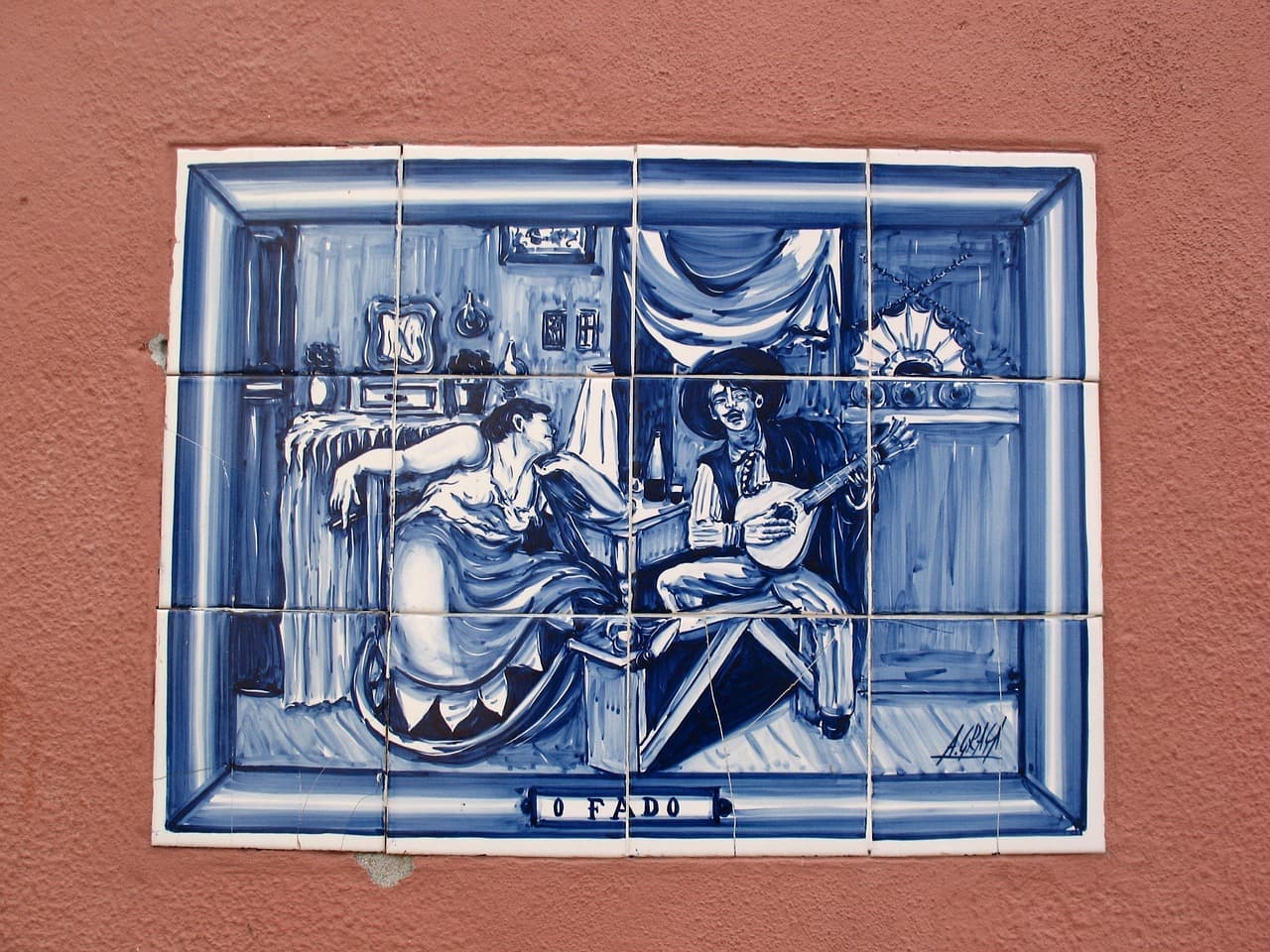
Where sound becomes memory
Every country has its sacred stages, those places where emotions turn into something timeless. In Portugal, three venues stand above all others: the Coliseu, the Altice Arena, and the Casa da Música. Each one captures a different heartbeat of the nation — the nostalgic, the modern, and the visionary.
They are not just buildings. They are living spaces where music becomes part of life, where applause feels like history echoing through the walls. Entering them is like opening a window into Portugal’s soul.
The Coliseu: a monument of emotion
In the heart of Lisbon, the Coliseu dos Recreios rises like a grand old storyteller.
Built in the late nineteenth century, it began with operas and circuses before becoming the home of popular music and great concerts.
Its stage has hosted legends like Amália Rodrigues, Cesária Évora, Rui Veloso, U2, and The Cure.
What makes the Coliseu unforgettable is its intimacy. The sound seems to breathe, the atmosphere feels alive, and the crowd becomes part of the performance.
The wooden floors creak, the red seats shine with time, and the air carries that mix of nostalgia and excitement that only historic venues can create.
Here, every note seems to whisper a story from another century.

Altice Arena: the giant of modern Portugal
In Lisbon’s futuristic Parque das Nações, the Altice Arena stands as a symbol of progress.
Built for Expo 98, its shape recalls the hull of a ship, a subtle tribute to Portugal’s seafaring heritage.
This is where global superstars perform: Madonna, Coldplay, Beyoncé, The Weeknd, and many more.
With its twenty-thousand-seat capacity, the Arena delivers a spectacle that feels larger than life — powerful lights, pulsing bass, and a crowd that moves like one.
Yet, despite its size, the Altice Arena retains a soul. Perhaps it’s the proximity to the river, or the unmistakable warmth of the Portuguese audience.
Whatever it is, the magic works. Every concert here becomes a celebration, a shared heartbeat under the same roof.
Casa da Música: where architecture meets sound
In Porto, overlooking the city’s rhythms, stands the Casa da Música — a masterpiece of modern design by Rem Koolhaas.
Since its opening in 2005, it has become one of Europe’s most striking concert halls, a bold diamond of glass and concrete.
Inside, the acoustics are breathtaking. Every surface, every corner seems crafted to honor sound.
The programming is as eclectic as the city itself — from classical to jazz, from fado to experimental music.
But the Casa da Música is more than a stage. It is a living hub of creativity, open to everyone.
You can come for a concert, a workshop, or simply a coffee on its terrace while watching Porto shimmer in the afternoon light.
Three stages, one heartbeat
Together, the Coliseu, Altice Arena, and Casa da Música form the musical DNA of Portugal.
They tell a story of transformation — from the tradition and emotion of the past to the innovation and ambition of the present.
These are not just concert halls; they are mirrors of a country that lives through its music.
Because in Portugal, melody is not just something you hear. It’s something you feel, deep down, like a pulse that never stops.
Share this article
Suggested articles

International Tours Stopping in Lisbon
Not so long ago, most world tours stopped in Madrid, Paris or London, and Lisbon was often overlooked. Now, the city has become one of Europe’s most exciting musical destinations. From Coldplay to Madonna, from Harry Styles to The Weeknd, the biggest names are filling Lisbon’s arenas and stadiums.

Where to Listen to Authentic Fado in Lisbon and Porto
Fado, inscribed in 2011 by UNESCO as part of the Intangible Cultural Heritage of Humanity, is much more than a simple musical genre: it is an expression of the Portuguese soul. This deep, emotional singing, accompanied by the Portuguese guitar and classical guitar, conveys saudade — that unique blend of nostalgia, melancholy, and hope that so perfectly defines the Portuguese spirit.

Carminho, Mariza and the new wave of contemporary fado
If you thought fado was confined to the old neighbourhoods of Lisbon, dim lights, and voices soaked in nostalgia, think again : today, it’s taking a whole new turn. It dares, it creates, it blends genres and two names are leading the movement : Carminho and Mariza. Two voices, two paths, but one shared mission : to keep fado alive, to respect it, while making it contemporary (yes, it’s possible !)


